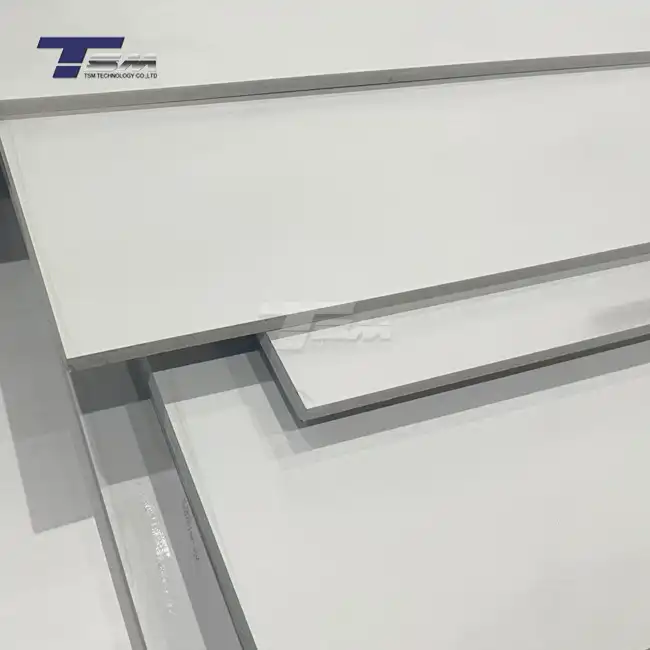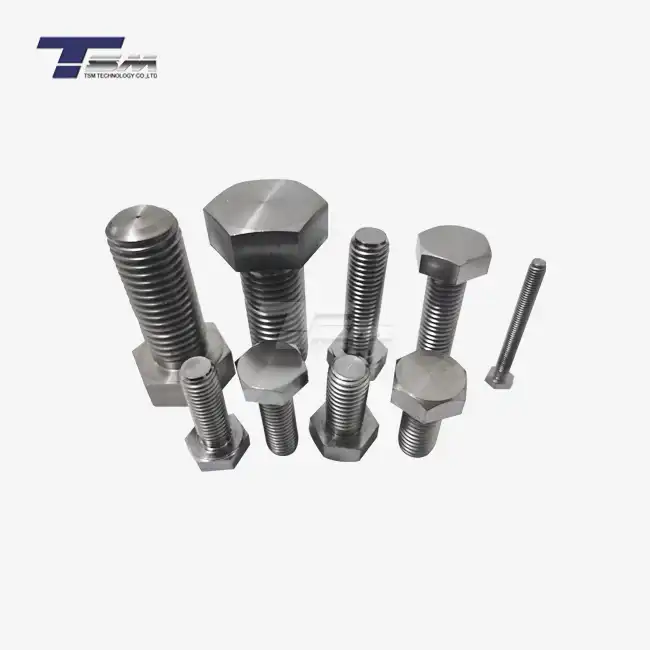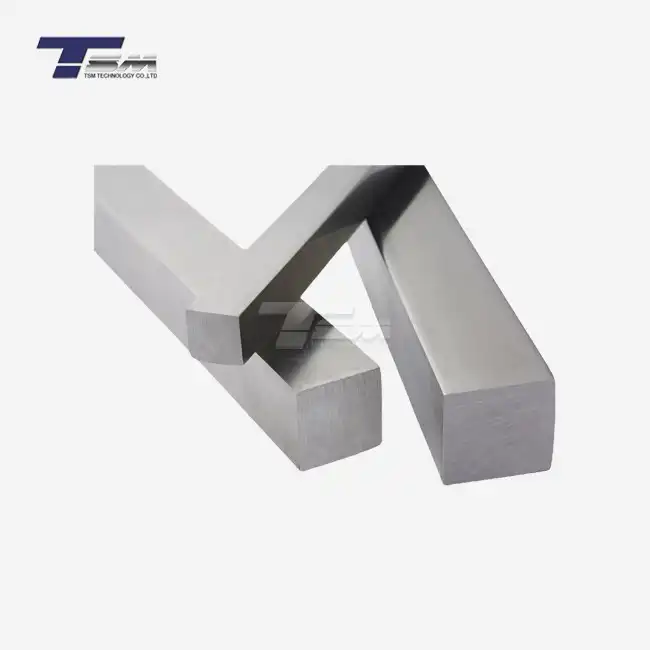- English
- French
- German
- Portuguese
- Spanish
- Russian
- Japanese
- Korean
- Arabic
- Greek
- German
- Turkish
- Italian
- Danish
- Romanian
- Indonesian
- Czech
- Afrikaans
- Swedish
- Polish
- Basque
- Catalan
- Esperanto
- Hindi
- Lao
- Albanian
- Amharic
- Armenian
- Azerbaijani
- Belarusian
- Bengali
- Bosnian
- Bulgarian
- Cebuano
- Chichewa
- Corsican
- Croatian
- Dutch
- Estonian
- Filipino
- Finnish
- Frisian
- Galician
- Georgian
- Gujarati
- Haitian
- Hausa
- Hawaiian
- Hebrew
- Hmong
- Hungarian
- Icelandic
- Igbo
- Javanese
- Kannada
- Kazakh
- Khmer
- Kurdish
- Kyrgyz
- Latin
- Latvian
- Lithuanian
- Luxembou..
- Macedonian
- Malagasy
- Malay
- Malayalam
- Maltese
- Maori
- Marathi
- Mongolian
- Burmese
- Nepali
- Norwegian
- Pashto
- Persian
- Punjabi
- Serbian
- Sesotho
- Sinhala
- Slovak
- Slovenian
- Somali
- Samoan
- Scots Gaelic
- Shona
- Sindhi
- Sundanese
- Swahili
- Tajik
- Tamil
- Telugu
- Thai
- Ukrainian
- Urdu
- Uzbek
- Vietnamese
- Welsh
- Xhosa
- Yiddish
- Yoruba
- Zulu
Sand Blasting VS Shot Blasting VS Shot Peening
When it comes to surface treatment techniques in the metal fabrication industry, three processes often come up in discussions: sand blasting, shot blasting, and shot peening. While these methods may sound similar, they each serve distinct purposes and offer unique benefits. Sand blasting uses abrasive particles propelled by compressed air to clean or smooth surfaces, making it suitable for preparing superior alloy components for coating or painting. Shot blasting, on the other hand, employs metal shot or grit propelled by centrifugal force or compressed air for surface preparation, especially effective for cleaning and strengthening superior alloy structures in heavy-duty applications. Shot peening, a specialized form of cold working, uses round metallic shot to create beneficial compressive stresses on metal surfaces, enhancing fatigue resistance and durability - an essential process when working with high-performance materials like superior alloys. Understanding the differences and applications of these techniques is crucial for selecting the most appropriate method for specific industrial needs.
The Fundamentals of Sand Blasting: A Versatile Surface Treatment Method
The Sand Blasting Process Explained
Sand blasting, also known as abrasive blasting, is a surface treatment technique that uses compressed air to propel abrasive particles at high velocity against a surface. This process effectively removes contaminants, rust, paint, and other unwanted materials, leaving behind a clean and prepared surface. The abrasive media used in sand blasting can vary, including actual sand, glass beads, aluminum oxide, and even walnut shells, depending on the specific application and desired finish.

Applications and Benefits of Sand Blasting
Sand blasting finds widespread use across various industries due to its versatility and effectiveness. In the automotive sector, it's employed for removing old paint and rust from vehicle bodies and parts. The construction industry utilizes sand blasting for cleaning building facades and preparing surfaces for painting or coating. In the manufacturing realm, it's invaluable for deburring metal components and creating textured surfaces for better adhesion. The benefits of sand blasting include its ability to quickly clean large areas, its effectiveness in reaching intricate corners and crevices, and its capacity to produce a range of surface finishes from smooth to rough.
Considerations and Limitations of Sand Blasting
While sand blasting offers numerous advantages, it's essential to consider its limitations. The process can generate significant amounts of dust, necessitating proper containment and respiratory protection. Certain materials, particularly softer metals or delicate surfaces, may be prone to damage if the blasting pressure or abrasive media are not carefully controlled. Environmental concerns have also led to restrictions on using silica sand in some regions due to the health risks associated with silica dust inhalation. As a result, alternative abrasive media and dust-free blasting techniques have been developed to address these challenges.
Shot Blasting: Precision and Power in Surface Preparation
The Mechanics of Shot Blasting
Shot blasting represents a more robust and controlled surface treatment method compared to sand blasting. This technique employs metal shot or grit, typically made of steel, cast iron, or stainless steel, propelled at high velocities using either centrifugal force in wheel blasting machines or compressed air in air blasting systems. The impact of these metallic particles on the target surface effectively removes contaminants, scales, and old coatings while simultaneously providing a uniform surface profile ideal for subsequent treatments or coatings.
Industrial Applications of Shot Blasting
Shot blasting finds extensive application in heavy industries where large-scale surface preparation is required. In the steel industry, it's used to clean and descale steel plates, beams, and pipes before fabrication or coating. Foundries employ shot blasting to clean castings and remove excess sand after the molding process. The automotive industry relies on shot blasting for preparing vehicle components and frames for painting. Additionally, shot blasting plays a crucial role in the maintenance of infrastructure, such as bridges and storage tanks, where it's used to remove old coatings and corrosion before repainting.
Advantages and Considerations of Shot Blasting
One of the primary advantages of shot blasting is its efficiency in treating large surface areas quickly and consistently. The process is highly controllable, allowing for precise adjustment of blast intensity to suit different material types and desired finishes. Shot blasting is also more environmentally friendly compared to traditional sand blasting, as the metallic media can be recycled and reused multiple times. However, the initial investment in shot blasting equipment can be significant, and the process may not be suitable for delicate or intricate parts due to the potential for surface deformation. Proper maintenance of the equipment and regular replacement of the blasting media are essential for consistent results.
Shot Peening: Enhancing Material Properties Through Controlled Impact
The Science Behind Shot Peening
Shot peening stands apart from sand blasting and shot blasting as a specialized surface treatment technique aimed at improving the mechanical properties of metals. This process involves bombarding the surface of a metal component with small, round metallic shot at high velocities. The impact of each shot creates a small dimple on the surface, stretching the material and inducing compressive residual stresses in the near-surface layer. These compressive stresses can significantly enhance the fatigue life, stress corrosion resistance, and overall durability of the treated component.
Applications in Critical Industries
Shot peening finds critical applications in industries where component reliability and longevity are paramount. In aerospace, it's used to treat turbine blades, gears, and structural components to improve their resistance to fatigue and stress corrosion cracking. The automotive industry employs shot peening on engine components, suspension parts, and transmission gears to enhance their durability and performance. In the power generation sector, shot peening is applied to steam turbine blades and nuclear reactor components to extend their operational life. The medical industry also benefits from shot peening in the production of implants and surgical instruments, where improved surface properties contribute to better performance and longevity.
Benefits and Considerations of Shot Peening
The primary benefit of shot peening lies in its ability to significantly improve the fatigue life and stress corrosion resistance of metal components without altering their overall dimensions or geometry. This makes it an invaluable process for enhancing the performance of existing designs without the need for major redesigns or material changes. Shot peening can also be selectively applied to specific areas of a component where stress concentrations are highest, providing targeted improvement. However, the process requires precise control over various parameters, including shot size, velocity, coverage, and intensity, to achieve the desired results. Over-peening can lead to surface damage and reduced performance, underscoring the importance of expertise and proper process control in shot peening operations.
Conclusion
Sand blasting, shot blasting, and shot peening each offer unique advantages in surface treatment and material enhancement. While sand blasting provides versatility and effectiveness in cleaning and surface preparation, shot blasting offers precision and power for large-scale industrial applications. Shot peening stands out as a specialized technique for improving the mechanical properties and longevity of critical components. Understanding the nuances of these processes is crucial for engineers and manufacturers in selecting the most appropriate method for their specific needs, ensuring optimal performance and durability of their products.
Contact Us
For expert guidance on selecting the right surface treatment technique for your superior nickel alloy and special metals applications, contact TSM TECHNOLOGY. Our team of specialists can help you determine the best approach to meet your specific requirements and enhance the performance of your materials. Contact us at info@tsmnialloy.com to learn more about our superior alloy products and surface treatment solutions.
References
Johnson, A. R. (2019). Advanced Surface Treatment Techniques in Metal Fabrication. Journal of Materials Engineering and Performance, 28(4), 2145-2160.
Smith, L. M., & Brown, K. J. (2020). Comparative Analysis of Sand Blasting and Shot Blasting in Industrial Applications. Surface and Coatings Technology, 385, 125411.
Zhang, Y., & Chen, X. (2018). Shot Peening: Principles and Applications in Improving Material Properties. Materials Science and Engineering: A, 742, 622-638.
Thompson, R. G., & Davis, E. L. (2021). Environmental Considerations in Modern Surface Treatment Methods. Journal of Cleaner Production, 315, 128217.
Patel, N. K., & Wilson, S. A. (2017). Advancements in Shot Peening Technology for Aerospace Applications. Procedia Engineering, 186, 472-479.
Garcia-Romeu, M. L., & Fernandez-Abia, A. I. (2022). Optimization of Surface Treatment Processes for High-Performance Alloys. Journal of Materials Processing Technology, 300, 117345.
Learn about our latest products and discounts through SMS or email



_1739071581132.webp)